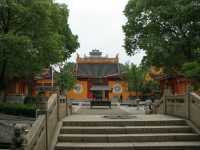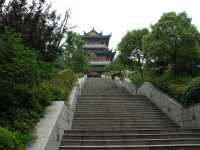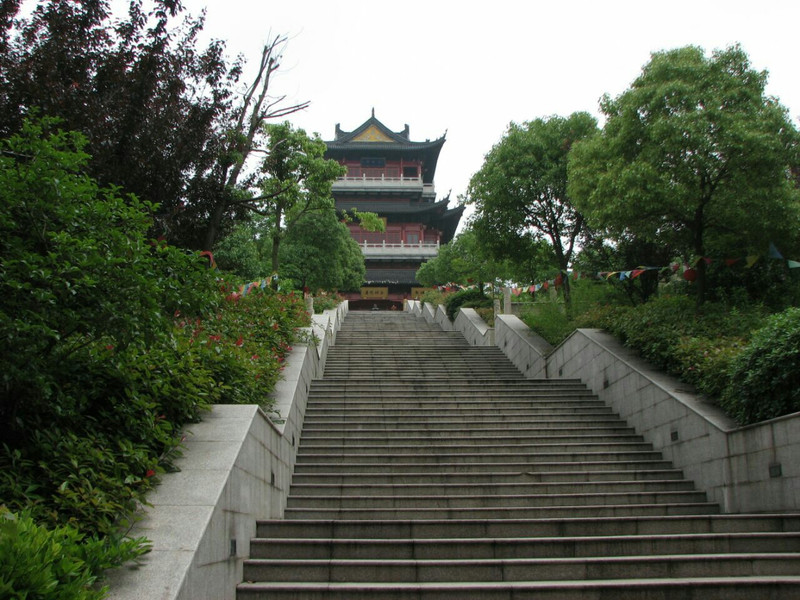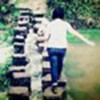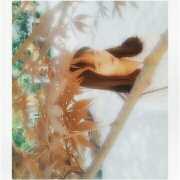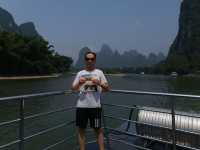A temple in Phoenix Mountain Scenic Spot of Zhangjiagang is very fragrant, but the temples are newly built. There are no relics of ancient buildings. You can come and pay a visit to it as you pass by. You can see it at will. The surrounding environment is good.
鳳凰山景區永慶寺條評論
4.2 /539條評論
熱門目的地
熱門目的地推薦景點
台北的附近景點 | 東京的附近景點 | 大阪的附近景點 | 高雄的附近景點 | 首爾的附近景點 | 香港的附近景點 | 曼谷的附近景點 | 沖繩的附近景點 | 台中的附近景點 | 花蓮的附近景點 | 釜山的附近景點 | 上海的附近景點 | 澳門的附近景點 | 胡志明市的附近景點 | 台南的附近景點 | 福岡的附近景點 | 札幌的附近景點 | 名古屋的附近景點 | 宜蘭的附近景點 | 吉隆坡的附近景點 | 那霸的附近景點 | 桃園的附近景點 | 屏東的附近景點 | 新加坡的附近景點 | 清邁的附近景點 | 新北的附近景點 | 富國島的附近景點 | 廈門的附近景點 | 南投的附近景點 | 澎湖的附近景點
熱門景點
史努比樂園 | 吉隆坡塔 | 維多利亞港 | 太湖月亮灣 | 熱高樂園 | 大阪溫泉大世界 | 上海野生動物園 | 大唐不夜城 | 曼谷野生動物世界 | 澎湖水族館 | 澳門teamLab超自然空間 | 貓空纜車 | 廈門雙子塔 | 1192弄老上海風情街 | 芙蓉鎮 | 富國夜市 | 上海之巔觀光廳 | 洪崖洞民俗風貌區 | Anakkal Malampuzha View Point | Minigolfanlage Ostheim | Yarana Drive Park | Richard Wright Library | Fuerte de Rapitán | Govt Park | Hanuman temple | 六盤水體育中心-足球場 | Singing Hills Golf Course Ltd | North Hampton State Beach | 威尼斯人貢多拉體驗 | 鐘鼓索道
熱門旅遊部落格
熱門排行榜
鄰近阿爾庫蒂亞的熱門奢華飯店 | 長灘島10大當地風味餐廳 | 威海16大當地風味餐廳 | 清邁6大奢華餐廳 | 鄰近魯山的熱門家庭友善景點 | 無錫10大酒吧 | 鄰近佐賀的熱門奢華飯店 | 鄰近龍門的熱門家庭友善景點 | 鄰近薩利加奧的熱門奢華飯店 | 鄰近尉犁的熱門家庭友善景點 | 鄰近百色的熱門家庭友善景點 | 長沙12大奢華餐廳 | 鄰近奈季蘭的熱門豪華飯店 | 青島8大奢華餐廳 | 法蘭克福9大酒吧 | 鄰近扶綏的熱門家庭友善景點 | 鄰近法蘭克福的熱門奢華飯店 | 鄰近晉城的熱門家庭友善景點 | 重慶15大奢華餐廳 | 納爾賴的熱門豪華飯店 | 峇里島的熱門夜遊景點 | 普吉島的熱門夜遊景點 | 雪梨6大夜遊景點 | 大阪14大夜遊景點 | 紐約7大夜遊景點 | 清邁的熱門夜遊景點 | 台北8大夜遊景點 | 倫敦8大夜遊景點 | 香港20大夜遊景點 | 南寧6大夜遊景點
付款方式
合作夥伴
Copyright © 2024 Trip.com Travel Singapore Pte. Ltd. All rights reserved
Site Operator: Trip.com Travel Singapore Pte. Ltd.
Site Operator: Trip.com Travel Singapore Pte. Ltd.


